TL;DR
- Fantasy sports apps let users build virtual teams and earn points based on real players’ live performance.
- Development cost depends on factors like app complexity, platform choice, design quality, backend infrastructure, and team location.
- The development process involves planning, designing, coding, API integration, testing, launching, and ongoing maintenance.
- Starting with an MVP helps validate the idea, reduce risks, and control initial expenses.
- Careful budgeting, accurate cost estimation, and a scalable architecture are crucial for building a successful fantasy sports app.
Introduction
Fantasy sports apps have transformed how fans engage with sports by allowing them to build virtual teams of real players and compete based on real-time match performance. With their growing popularity, many startups are exploring this space to build scalable and revenue-generating platforms. However, developing such an app involves careful planning, from choosing features and platforms to setting up real-time data systems and intuitive design. Since costs can vary widely, using an App Development Cost Calculator early can help estimate budgets more accurately.
This blog will guide you through all key factors that influence the cost of building a fantasy sports app for your startup.
What is a Fantasy Sports App?
A fantasy sports app is a digital platform where users build virtual teams composed of real-life athletes from various sports and compete against other users. The performance of these virtual teams depends on the actual on-field performance of the selected players during live matches. When real players earn points through their real-world actions—like scoring goals, taking wickets, or making assists—users earn corresponding points in the app.
These platforms transform passive sports viewing into an interactive and strategy-based experience, allowing fans to engage more deeply with their favorite games. Players can participate in daily or season-long competitions, track real-time results, and compete for cash rewards, prizes, or rankings.
Fantasy sports apps have become immensely popular in sports such as cricket, football, basketball, baseball, and hockey, and have built a multi-billion-dollar global industry. Their popularity comes from combining sports knowledge, competitive play, and real-time excitement, making them a highly engaging and rewarding form of digital entertainment.
3 Different Types of Fantasy Sports Apps
1. Daily Fantasy Sports (DFS) Apps
Daily Fantasy Sports apps allow users to create new virtual teams for every match, day, or week, rather than sticking with the same team all season. Contest results are decided quickly, and winnings are distributed immediately after each match or game week ends.
This model ensures high user engagement because players get instant results and can participate frequently. However, DFS apps also demand sophisticated real-time data integration, scoring algorithms, and fast backend processing, which can increase development costs.
Example: DraftKings, FanDuel
2. Season-Long Fantasy Sports Apps
In season-long fantasy apps, users build their teams before the sports season begins and compete throughout the entire season. They can make periodic player trades or substitutions, but their overall progress depends on the long-term performance of their selected players.
These apps generally have lower technical complexity than DFS platforms but require continuous maintenance, user engagement features, and long-term data tracking systems to keep users active for months.
Example: ESPN Fantasy Sports, Yahoo Fantasy
3. Multi-Sports Fantasy Apps
Multi-sports fantasy apps allow users to participate in fantasy contests for multiple sports like cricket, football, basketball, baseball, and more—all within a single platform.
While this broadens the user base and increases revenue potential, it also involves building a more complex backend architecture, larger databases, and scalable infrastructure to handle the diverse scoring systems and real-time data of different sports. This makes development and maintenance more expensive compared to single-sport fantasy apps.
Example: Dream11 (supports cricket, football, basketball, and more)
Cost Insights for Building Various Apps in 2025
How Much Does It Cost to Build a Logistics App in 2025?
Laundry App Development Cost Every Startup Must Know in 2025
How Much Does Cloud App Development Cost: A Complete Breakdown
Factors that Affect the Cost of Fantasy Sports App Development
The cost to develop a fantasy sports app can vary widely depending on several critical factors. Understanding these cost drivers will help you build a more accurate budget and avoid unexpected expenses during development.
1. App Complexity
The overall complexity of your app has the biggest impact on cost. A basic MVP with core features like user registration, team selection, scoring, and payments will be relatively affordable. In contrast, an advanced app with custom functionalities—such as live streaming, AI-powered player recommendations, predictive analytics, and advanced gamification—requires more development time, specialized expertise, and higher investment.
2. Platform Choice
Deciding whether to build your app for iOS, Android, web, or all three directly affects the budget. Developing separate native apps for each platform increases cost because it requires building and maintaining multiple codebases. On the other hand, cross-platform frameworks (like Flutter or React Native) allow a single codebase for multiple platforms, which can reduce costs but may have some limitations for complex features.
3. Features and Functionality
The number and depth of features you include will significantly influence the cost.
- Core features like team creation, contest management, scoring, leaderboards, and payments are essential and moderately priced.
- Advanced features like chat, social sharing, live match data integration, push notifications, real-time updates, and AI-based analytics require more development effort, which raises the cost.
4. Backend Infrastructure
Fantasy sports apps rely on real-time data processing and high user concurrency, especially during live matches. This demands a robust backend architecture with powerful servers, scalable databases, load balancing, and APIs for real-time data feeds. Building and maintaining this infrastructure increases the development cost but is crucial for performance and reliability.
5. UI/UX Design Quality
A clean, user-friendly, and visually appealing interface is essential for attracting and retaining users. Investing in professional design, interactive prototypes, and user experience testing will increase initial costs but can lead to higher engagement and better retention, which ultimately boosts ROI.
6. Development Team Location
Development rates vary greatly based on the team’s location:
- US/UK developers: $100–$200/hr
- Eastern Europe: $40–$80/hr
- India/Asia: $25–$50/hr
Choosing an experienced yet cost-effective development region can dramatically lower your overall budget without compromising quality.
7. Legal & Compliance Setup
Fantasy sports apps must comply with licensing regulations, age restrictions, and gambling laws, which differ across regions. Ensuring compliance may involve legal consultations, acquiring licenses, and implementing data protection measures—all of which add to the overall cost but are critical to operating legally and avoiding future penalties.
8. Maintenance & Updates
After launch, your app will require ongoing maintenance, including bug fixes, security patches, server upgrades, and the addition of new features based on user feedback. These expenses usually account for about 15–20% of the initial development cost per year and should be factored into your long-term budget planning.
How to Develop a Fantasy Sports App (Step By Step)
Building a fantasy sports app involves multiple stages, each critical to ensuring a smooth user experience, technical stability, and market success. Below is a step-by-step roadmap to guide startups through the development process:
1. Requirement Gathering & Market Research
The first step is to clearly define your vision and business goals. Decide on the sport(s) you want to cover (e.g., cricket, football, basketball), identify your target audience and geographic markets, and choose a monetization model (entry fees, subscriptions, ads, or freemium).
Thorough market and competitor research helps you spot trends, understand user expectations, and find unique value propositions that make your app stand out.
2. Wireframing & UX/UI Design
Once your concept is clear, create wireframes and user flows to map out the user journey. Focus on making navigation intuitive and user-friendly.
Professional UI/UX design is crucial in fantasy sports apps because users interact with the app frequently and expect a smooth, visually appealing experience. This stage also includes designing interactive prototypes for early feedback before development begins.
3. Backend & Frontend Development
This is the core coding phase, where your app starts to take shape.
- The frontend handles the user interface — building screens for registration, team selection, live scoreboards, contests, and payments.
- The backend powers all logic, including user accounts, contest management, real-time scoring algorithms, secure payment gateways, and data storage.
Building a scalable architecture is essential to handle high user loads during peak match times.
4. Integration of Real-Time APIs
Fantasy sports apps rely heavily on real-time sports data. Integrate third-party APIs to fetch live match scores, player statistics, schedules, and updates instantly.
You can also add push notification systems to alert users about match events, contest results, or new contests, enhancing engagement.
5. Testing & Quality Assurance
Before launch, the app must go through extensive QA testing to ensure it’s stable, secure, and error-free. Conduct:
- Functional testing (features work as intended)
- Performance and load testing (handles high traffic)
- Security testing (safe payments and user data)
- Usability testing (smooth user experience on all devices)
Thorough testing prevents crashes and poor reviews post-launch.
6. Deployment & Launch
Once the app passes testing, it’s time to deploy it to the Google Play Store, Apple App Store, and web platforms.
Make sure to follow app store guidelines, write a compelling description, and use strong visuals to improve App Store Optimization (ASO) and drive downloads.
7. Post-Launch Maintenance & Scaling
Launching is just the beginning. Continuously monitor performance, gather user feedback, and release regular updates with new features, bug fixes, and security patches.
As your user base grows, you may need to scale your backend infrastructure and add more servers or cloud resources to maintain speed and reliability.
How Much Does It Cost to Develop a Fantasy Sports App?
The cost to develop a fantasy sports app can vary widely based on the app’s scope, complexity, feature set, and the hourly rates of your development team. Startups can choose to begin with a Minimum Viable Product (MVP) or invest directly in a full-fledged platform, depending on their goals and budget.
Below is a general cost estimation breakdown:
| App Type | Key Features | Estimated Development Cost |
| Basic MVP | User registration/login, contest creation, basic scoring system, secure payment gateway | $25,000 – $40,000 |
| Mid-Level App | All basic features plus advanced scoring logic, real-time match data integration, leaderboards, social sharing | $50,000 – $120,000 |
| Advanced Platform | Multi-sport support, live streaming, AI-driven player recommendations, predictive analytics, loyalty systems | $150,000 – $250,000+ |
Note: Costs may fluctuate based on your chosen development region — for example, developers in the US/UK charge $100–$200/hr, while teams in India/Asia charge $25–$50/hr, which can drastically impact your total budget.
Conclusion
Building a fantasy sports app can be a profitable venture for startups, but it requires strategic planning and realistic budgeting. It’s important to evaluate key cost drivers like platform choice, feature complexity, design quality, and the location of your development team. Starting with an MVP helps validate your idea while keeping initial expenses low. Using tools like an app development cost calculator can also help estimate costs early, ensuring you plan resources effectively before scaling your app.
FAQs
1. What is the cost of a fantasy cricket app?
A basic fantasy cricket app costs around $25,000–$40,000, while advanced versions with live scores and analytics can exceed $100,000.
2. How much does it cost to make a sports app?
Sports app costs range from $30,000 to $250,000, depending on the app type, features, and platform choice.
3. How much does it cost to develop a fantasy sports app for a startup?
Startups can expect to spend $25,000–$200,000+ based on app complexity, platform, and desired features.
4. What factors impact the cost the most?
Key cost drivers include app complexity, platform selection, development team location, features, and backend infrastructure.
5. How long does it take to develop a fantasy sports app?
An MVP takes about 3–4 months, while a full-featured app can take 6–12 months or more.


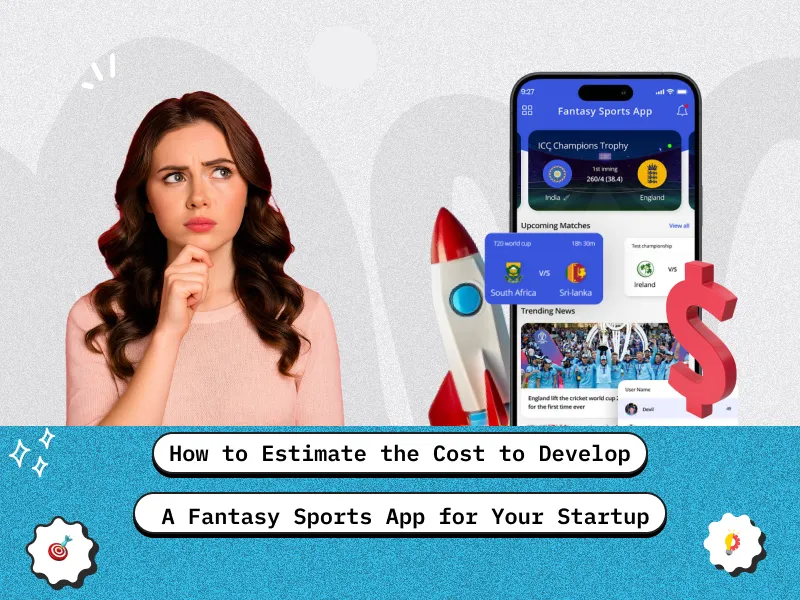








 30 mins free Consulting
30 mins free Consulting 
 12 min read
12 min read 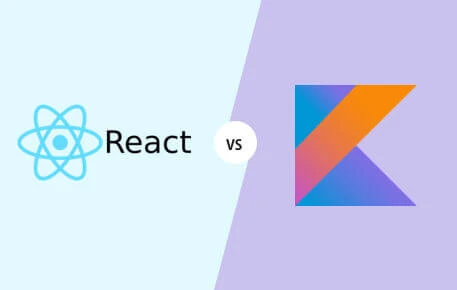
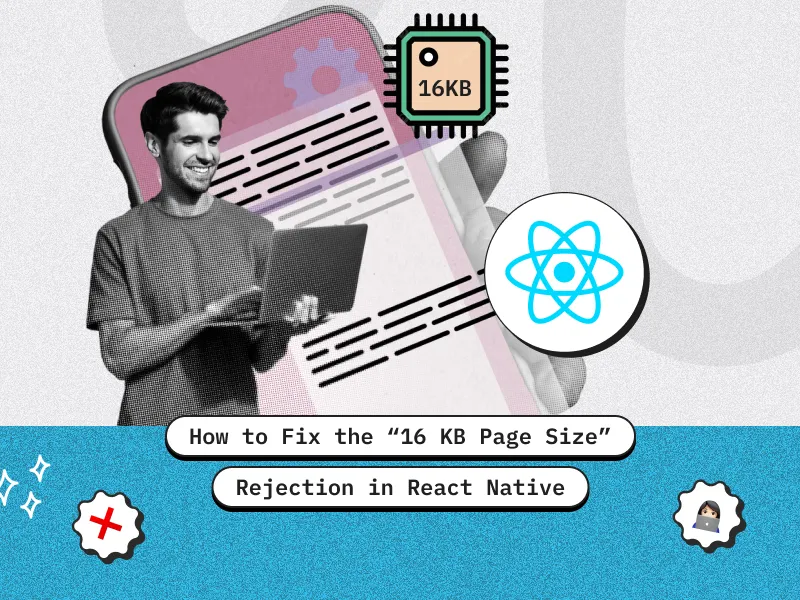
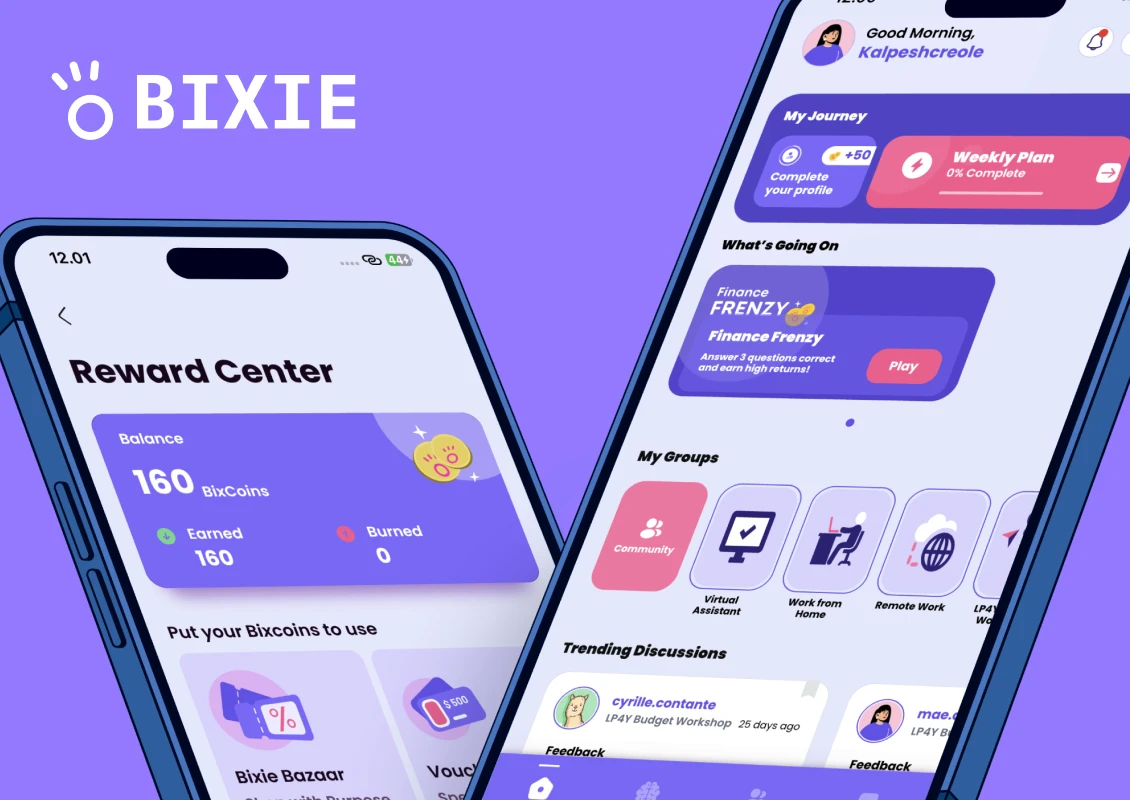
 Singapore
Singapore 
 USA
USA 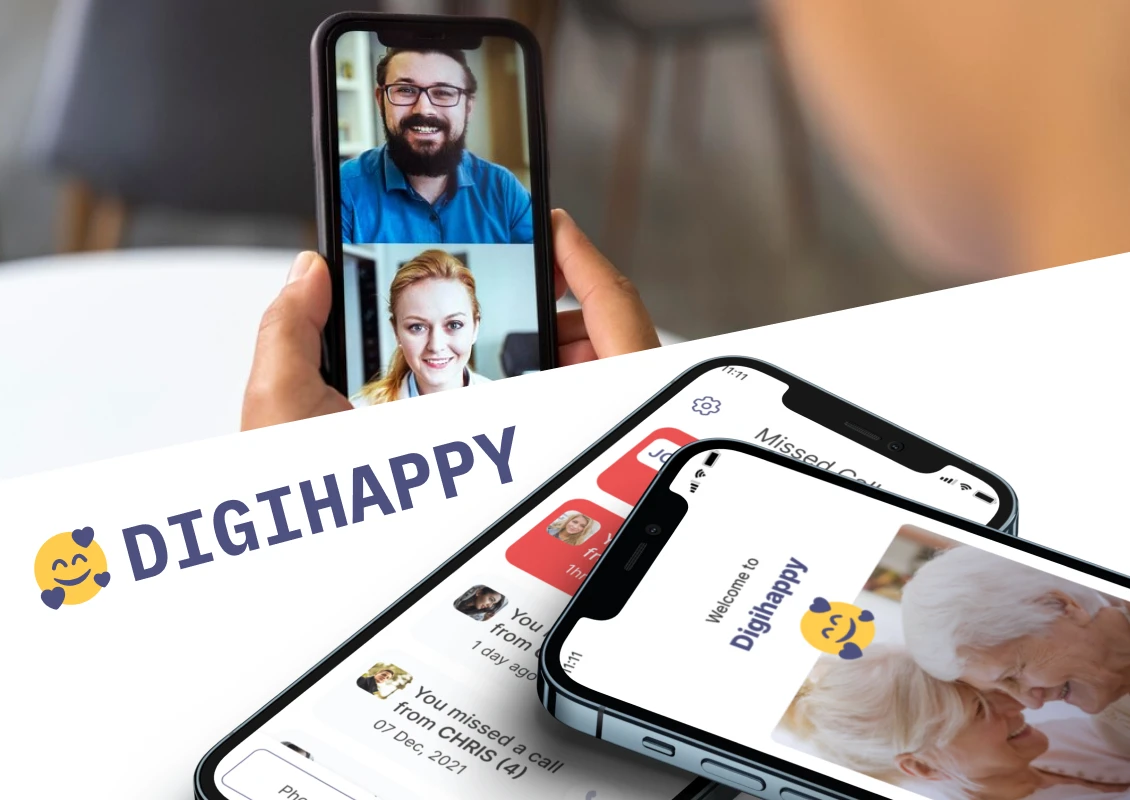
 Finland
Finland 





 Love we get from the world
Love we get from the world 